Podcast episodes
Contact Us
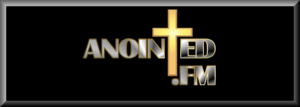
- INFO@ANOINTED.FM
- (904) 799-7726
- 1200 Riverplace Blvd, Suite 105, Jacksonville, FL 32207
Listeners:
Top listeners:
Anointed.FM
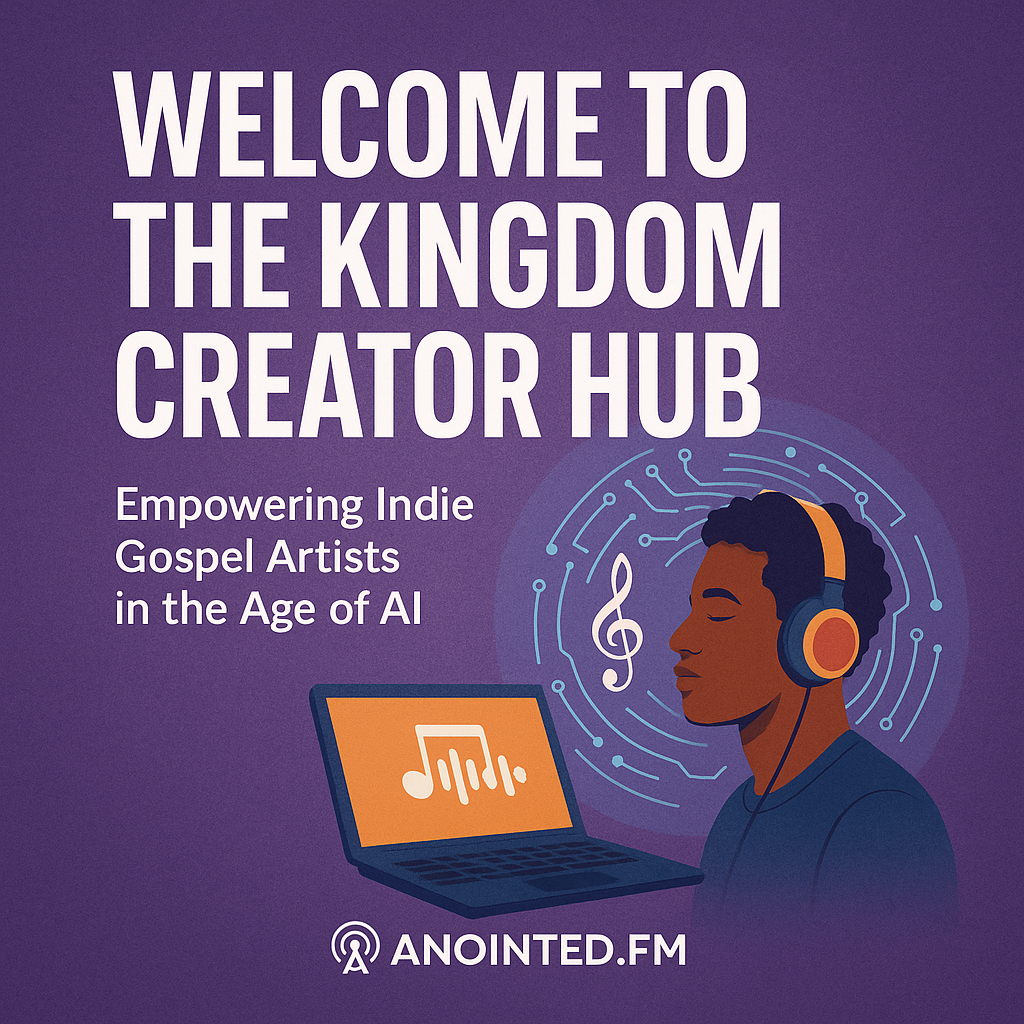
If you’re an indie gospel artist, one of the fastest ways to elevate your music is with strong, professional-looking cover art. But most artists don’t have:
A designer
A graphics budget
Photoshop skills
A branding team
Expensive software
That’s where AI tools step in — not to replace your creativity, but to make it easier, faster, and more affordable to present your ministry at a professional level.
In this guide, you’ll learn how to create high-quality gospel cover art using AI, even if you’ve never designed anything before.
Let’s make your next release look like it came straight from a label — without the label price.
People DO judge music by its cover.
Especially when:
scrolling on Spotify, Apple Music, or YouTube
seeing your post on social media
browsing new gospel playlists
searching for indie gospel submissions
Good cover art makes listeners pause.
And that pause is everything.
Gospel music carries a message — and your visuals should reflect that same excellence, clarity, and purpose.
Good art = More clicks = More listeners = More ministry impact.
Here are the best tools for indie gospel artists:
Canva + AI Image Generator
Very easy
Templates included
Perfect for artists who want simplicity
Great text + layout tools
Adobe Express AI
Professional look
Great for quick social-ready designs
Microsoft Copilot Designer (DALL·E 3)
Great for portraits or concept art
Very clean images
Amazing for gospel worship covers
MidJourney
More artistic
Better for stylized or spiritual atmospheres
Leonardo.AI
Best lighting + realism
Works well for dramatic gospel imagery
Stable Diffusion (Local or WebUI)
Total control — styles, textures, lighting, everything
Great for consistent branding over multiple releases
Before generating anything, answer these three questions:
Worship
Praise
Testimony
Encouragement
Deliverance
Meditation
Revival
Contemporary gospel
Urban gospel
Soft
Strong
Bold
Calm
Dark
Bright
Holy
Jazzy
Neo-soul
Traditional
Hope
Healing
Strength
Grace
Breakthrough
Reflection
Your visuals should match your message.
Here are examples:
Use soft light, sky elements, hands raised, choirs, sunrays, clouds.
Use vibrant colors, movement, joy, bold typography.
Use real portraits, gritty textures, black & white, deep emotion.
Warm tones, vintage grain, 90s aesthetics, soft edges.
Classic portraits, microphones, choirs, stained glass, church imagery.
Try this prompt template (copy/paste):
“A professional gospel album cover featuring [your name or theme]. Visual style: [worship / praise / urban / neo-soul / contemporary]. Mood: [uplifting / emotional / powerful / prayerful]. Include soft lighting, cinematic tones, and a clean modern layout. Perfect for Spotify and Apple Music. Square aspect ratio.”
Examples:
“A worship album cover showing a person standing in sunlight with hands raised. Cinematic light rays. Holy atmosphere. Warm golden tones.”
“Neo-soul gospel cover featuring a confident solo artist standing in a dramatic city night with neon lighting. Sharp portrait, moody vibe, stylish aesthetic.”
“Vintage gospel cover featuring a classic microphone on a church pulpit with soft warm lighting and stained glass in the background. Reverent mood.”
AI gives you the ART —
but you should ALWAYS add text manually.
Why?
AI text often looks weird, distorted, or misspelled.
Use Canva or Adobe Express to add:
Choose fonts like:
Montserrat
Playfair Display
Bebas Neue
Futura
Poppins
Cinzel (for gospel/classical feel)
Anton (for bold modern gospel)
Use clean, readable, high-contrast text.
Professional cover art:
clean
minimal
readable
focused
Indie cover art mistakes:
cluttered images
too much text
too many colors
trying to fit everything
The rule:
Two colors.
Clean text.
No clutter.**
For gospel music releases, use:
This works for:
Spotify
Apple Music
YouTube
Amazon Music
Radio submissions
Press kits
Social media
To stay consistent:
Reels
TikToks
YouTube Shorts
Promo flyers
Website
Press kit
Instagram posts
Radio intro videos
Consistency builds:
credibility
professionalism
recognition
trust
AI Doesn’t Replace Your Vision — It Helps You Present It**
You’re not just making cover art —
you’re building a ministry brand, a message, a calling.
AI gives indie gospel artists the power that labels used to hold.
Use it with:
wisdom
creativity
intention
excellence
and you’ll stand out instantly.
Your message deserves to look as powerful as it sounds.
And with the right tools — it absolutely can.
Written by: admin

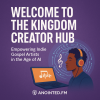




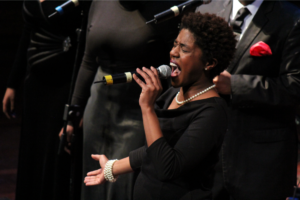
The Anointed.FM Morning Praise. Monday thru Friday from 7:00 AM to 9:00 AM.
close
9:00 am - 9:30 am

10:00 am - 2:00 pm

2:00 pm - 2:05 pm

2:15 pm - 2:30 pm
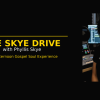
4:00 pm - 5:00 pm

The Anointed.FM Morning Praise. Monday thru Friday from 7:00 AM to 9:00 AM.
close





Copyright 2025 ANOINTED.FM LLC - The Kingdom Station
Post comments (0)